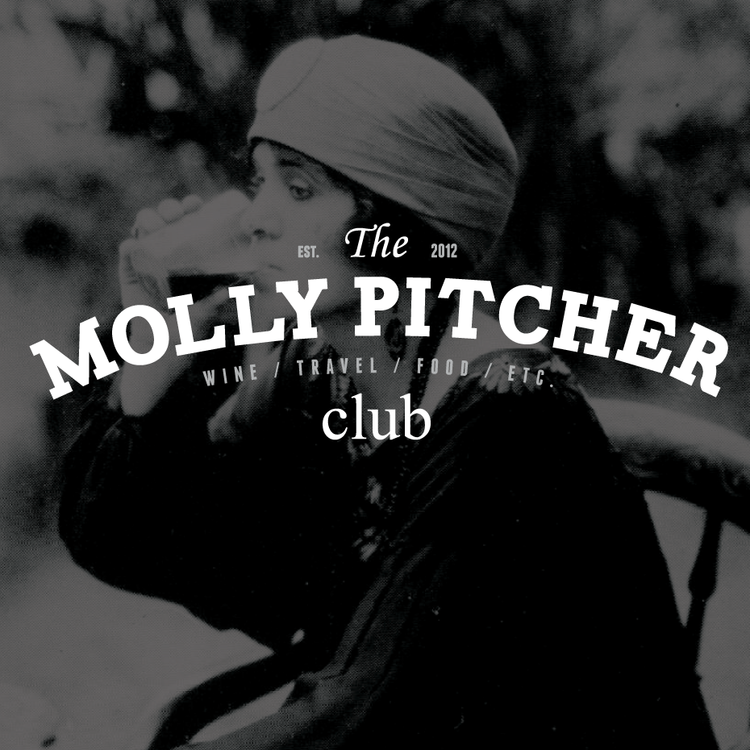The Enthusiasts! NYC Wine Club: Big Six Grapes Details
This post includes an introduction to the big six grapes in more detail. It discusses an overview of tasting wine and suggestions regarding the look, scent and taste of each grape. If you are looking for a great wine book to start your wine education with, I highly recommend
Great Wine Made Simple: Straight Talk from a Master Sommelier
by Andrea Robinson. It is straight forward, interesting and easy to follow. Check it out
Purpose:
The Purpose of this
this tasting will illustrate that each grape has its own climate affinity.
Riesling:
Grows best in cool climates.
Cool zone = Germany, Alsace, France.
Moderate zone = Austria, Canada, NY Finger Lakes.
Choosing the wine;
Look for Kabinett or Spatlese on label.
Cool Zone:
Germany, Alsace, France
Moderate Zone:
Austria, Canada, NY Finger Lakes
The look
Pale yellow-green (from both zones)
The scent
The taste
Notice delicate, light body and fruit flavors, acidity may come through as lemony
Flavor mirrors scents of peaches, apricots, citrus. Slightly fuller body
Summary;
Riesling has expressive flavor and scent. Signature style includes orchard fruits, sometimes floral character and vibrant acidity.
Sauvignon Blanc:
Grows best in cool to moderate climates:
Cool zone = Loire Valley (Sancerre and Pouilly-Fume) and New Zealand.
These regions rarely use oak.
Moderate zone = Bordeaux and Coastal California.
These regions are more likely to use oak for fuller fruit.
Fume Blance is used a lot on American labels – this is the fullest bodied style.
Cool Zone:
Loire Valley & New Zealand
Moderate Zone:
Bordeaux and Coastal California
The look
Pale yellow green to straw yellow
Similar to cool zone but a bit darker
The scent
Notably tart or grassy/herbaceous
Citrus like grapefruit and lime. Possibly peach, honeydew or cantaloupe
The taste
Granny smith apple, tart, and tangy
Fruit flavors represented in scent – citrus and melon.
Summary;
Like Riesling, Sauvignon Blanc has vibrant acidity.
Medium body and classic flavor range from tart apple to citrus (especially lime and grapefruit) to honeydew melon and peach.
Great range and availability.
Chardonnay:
Successfully grown in many regions.
Cool Zone:
Burgundy (Macon, Pouilly-Fuisse, Chablis)
Moderate Zone:
Coastal California
Warm Zone:
California warm spots
Notes
Almost all Burgundy is made from chardonnay, no oak traditionally
Most have some oak
Oak is likely a factor
The look
Pale yellow-green
Pale yellow-green to straw yellow
Yellow-gold
The scent
Less tart than Riesling or sauvignon blanc.
Fruit salad in a glass – lemon, orange, tangerine, peach and melon
Exotic – pineapple and mangos, maybe apricots, mandarin orange and spice.
The taste
Flavors are delicate with refreshing tartness from acidity
Lots of fruit, juicy lip-smacking style.
Luscious, much richer and riper fruit flavor.
Pinot Noir:
Grows best in cool to moderate climates.
Pinot noir from all major regions is typically oak aged, but matched to intensity of fruit.
Known as “chef’s wine” because it typically pairs well with a variety of foods.
Cool Zone:
Burgundy, Oregon, and New Zealand
Moderate Zone:
California
The look
Dark pink to translucent ruby red
Ruby red to violet
The scent
Predominant scents are tangy red berries – cranberry, cherry.
Scents are riper, black cherries and raspberries, still tang that makes your mouth water. Potential sweetness from oak.
The taste
Taste is tangy and mouthwatering, all red berries with a little spice.
Acidity is less prominent than cool zone. Therefore, less tart and more juicy.
Merlot and Cabernet Sauvignon:
Grows best in moderate climates.
Taste ranges from dark berries to plums.
To learn of the complexity of these grapes should be examined through classic European Regional Wines.
Merlot
- Tends to be medium body and some oak agin.
- Look for wines from: Washington State, California, Chile.
- The look; Ruby red
- The smell; Predominant scents are plums and dark berries, some oakiness including vanilla or spice.
Cabernet Sauvignon
- Famous as main ingredient in French Bordeaux, arguably trumps merlot 9/10 times for the money.
- Generally full bodied with ample tannins that should be matched by fruit.
- Fruit tastes typically of blackcurrant and cassis.
- Some oak aging.
- Look for wines from: California, Chile
- The look; Ruby red to dark purple
- The smell; Similar to merlot.
The Taste!
- The taste of merlot and cabernet sauvignon is similar. Try to concentrate on tannin and body to differentiate.
Shiraz and Syrah
Shiraz vs. Syrah, What is the difference? Nothing! They are actually the same grape!
- One of the most popular red varieties in the world
- Possible name origins: Syracuse (city in Italy, speculated to be its place of origin); Shiraz (city in Iran); corruption of “Scyras,” by which it was originally known in Australia
- “Old World home” in France’s northern Rhône region; now grown extensively in France, Italy, Spain, Australia, US, Chile, Argentina, South Africa
- Grows best in moderate to warm climates
- The Look; Dark ruby red, often with fuchsia pink tinged rim that is typical of young wines.
- The Smell; Soft plum and berries, especially raspberries. Maybe sweet baking spice like cinnamon or clover.
- The Taste! Fruit flavor typically echoes scent. Warmer climates yield the flavor of wild black fruits laced with spices, chocolate and even licorice. purple and red flowers; peppery and meaty; big and firm structure.
Not to be confused with Petite Syrah…
Different grape, also known as
Durif
is a variety of red wine grape primarily grown in California, Australia, France, and Israel.
Cheers!
·





